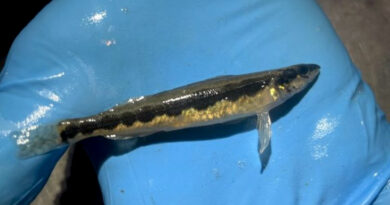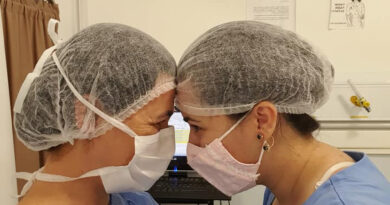ISS Astronauts To Challenge Their Taste Buds By Growing Chili Peppers In Space For The First Time Ever
Nasa’s new project will be spicing up the International Space Station (ISS) as astronauts will be growing a US species of red and green chili peppers for Mars mission purposes.
The early-ripening US variety called the ‘Espanola improved’, which is a hybrid Hatch species produced in New Mexico, will be the first-ever of its kind to be cultivated out of Earth’s orbit.
In addition, NASA reported that the variety is very resilient to harsh environmental conditions as it naturally grows quickly and at high altitudes, which makes it suitable for the climate inside the space station’s growing facilities.
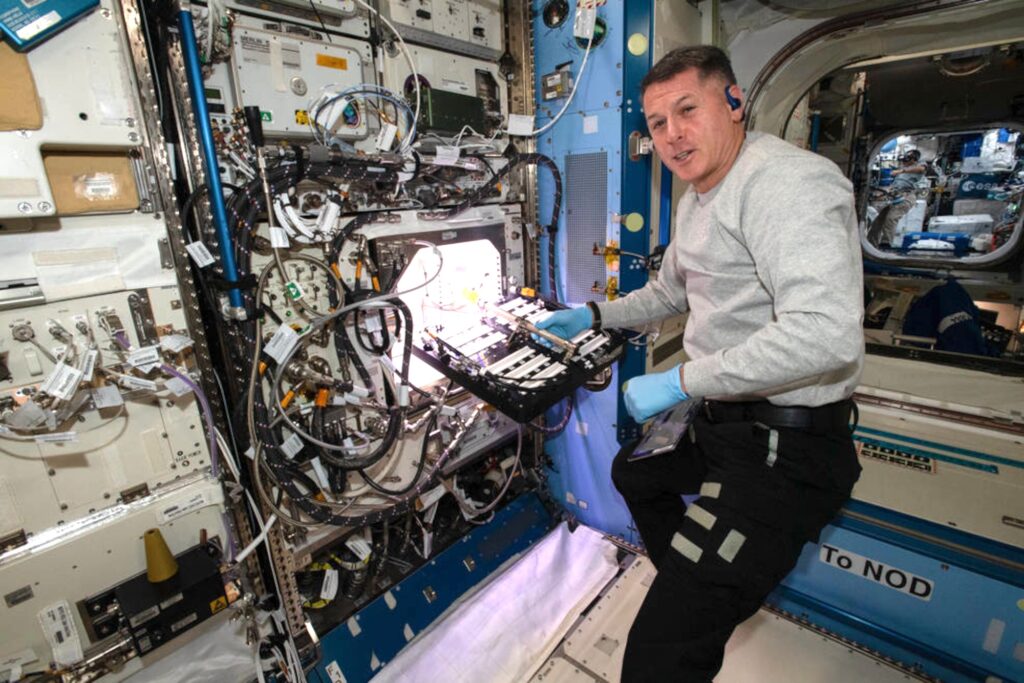
Immediately after the seeds’ arrival, they were planted in devices called ‘science carriers’ by a team with Kennedy Space Center’s Exploration Research and Technology programme, and then placed in the Advanced Plant Habitat (APH) which is one of the three chambers within the space station laboratory which was adapted for growing and raising crops.
Accordingly, if the experiment proves to be successful, the Plant Habitat-04 (PH-04) will include another crop which can be used to supplement astronauts’ diets on future missions.
The hatch pepper seeds, as part of NASA’s PH-04 experiment initiated by astronaut and flight engineer Shane Kimbrough, arrived at the ISS aboard SpaceX’s 22nd resupply mission in June.
Kimbrough, who was part of the seven-member Expedition 65 crew, has previous experience growing crops in space such as the ‘Outredgeous’ red leaf lettuce in late 2016.
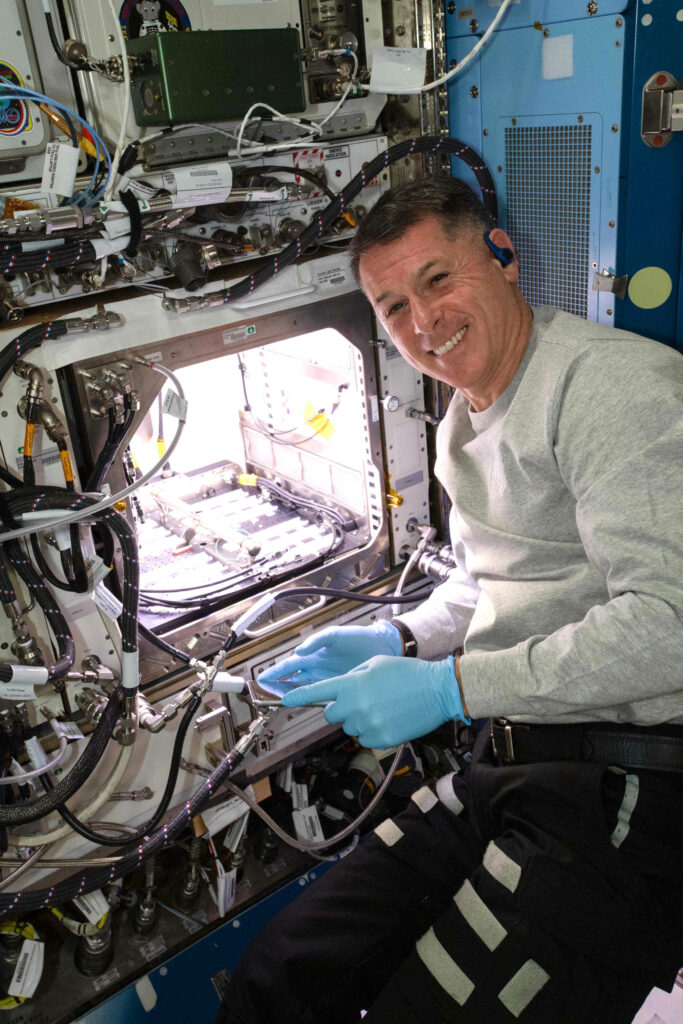
PH-04’s Project Manager Nicole Dufour said: “The APH is the largest plant growth facility on the space station and has 180 sensors and controls for monitoring plant growth and the environment. It is a diverse growth chamber, and it allows us to help control the experiment from Kennedy, reducing the time astronauts spend tending to the crops.”
The astronauts will look after the peppers for four months before they can be finally harvested, whether green or fully ripe red.
NASA officials reported that this is the first time a crop will be cultivated from seeds to full maturity, and hoped that the yield will be safe for the astronauts to taste.
Some of the peppers will be sent to Earth for additional analysis of organoleptic and chemical parameters.
Principal Investigator for PH-04 Matt Romeyn said: “It is one of the most complex plant experiments on the station to date because of the long germination and growing times. We have previously tested flowering to increase the chance for a successful harvest because astronauts will have to pollinate the peppers to grow fruit.”
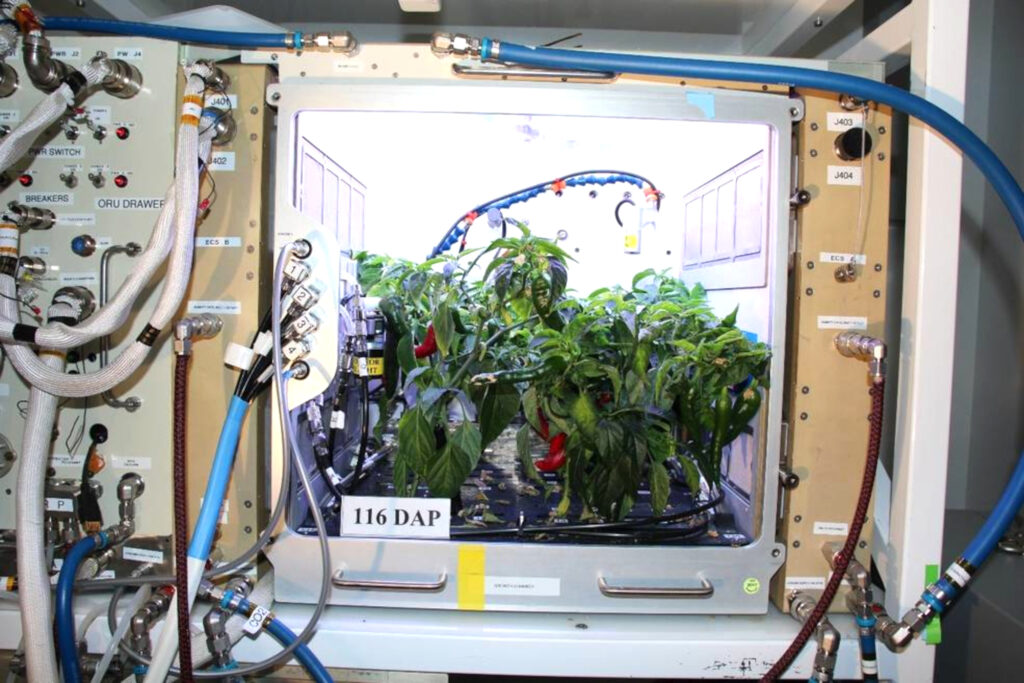
He added: ”The challenge is the ability to feed crews in low-Earth orbit, and then to sustain explorers during future missions beyond low-Earth orbit to destinations including the Moon, as part of the Artemis program, and eventually to Mars. We are limited to crops that don’t need storage, or extensive processing.”
In addition, according to Romeyn the hatched peppers should help astronauts in space recover their temporary loss of smell and taste senses, due to the effect of microgravity and boost them with Vitamin C and other nutrients.
He explained: ”Growing colorful vegetables in space can have long-term benefits for physical and psychological health. We are discovering that growing plants and vegetables with colours and smells helps to improve astronauts’ well-being.”
The 48 pepper seeds that were planted in the science carrier will be monitored by a team of astronauts, who will control the watering, LED lighting and other environmental conditions at the Kennedy’s Space Station Processing Facility (SSPF).
PH-04 Lead Project Scientist LaSHelle Spencer said: “The spiciness of a pepper is determined by environmental growing conditions. The combination of microgravity, light quality, temperature, and rootzone moisture will all affect flavor, so it will be interesting to find out how the fruit will grow, ripen, and taste.
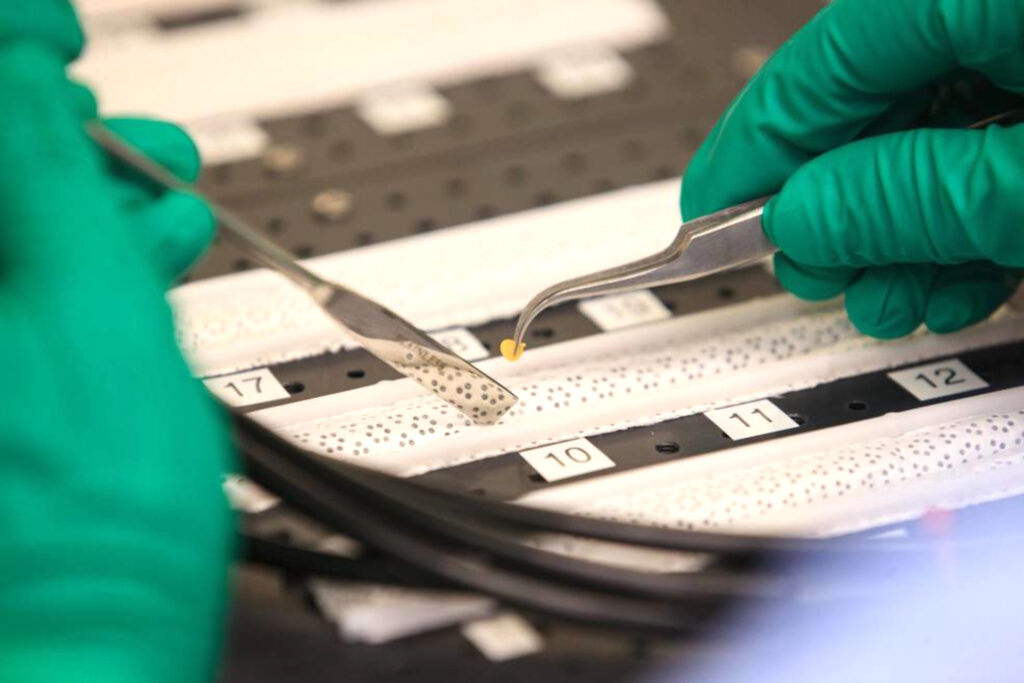
“This is important because the food astronauts eat needs to be as good as the rest of their equipment. To successfully send people to Mars and bring them back to Earth, we will not only require the most nutritious foods, but the best tasting ones as well.”


